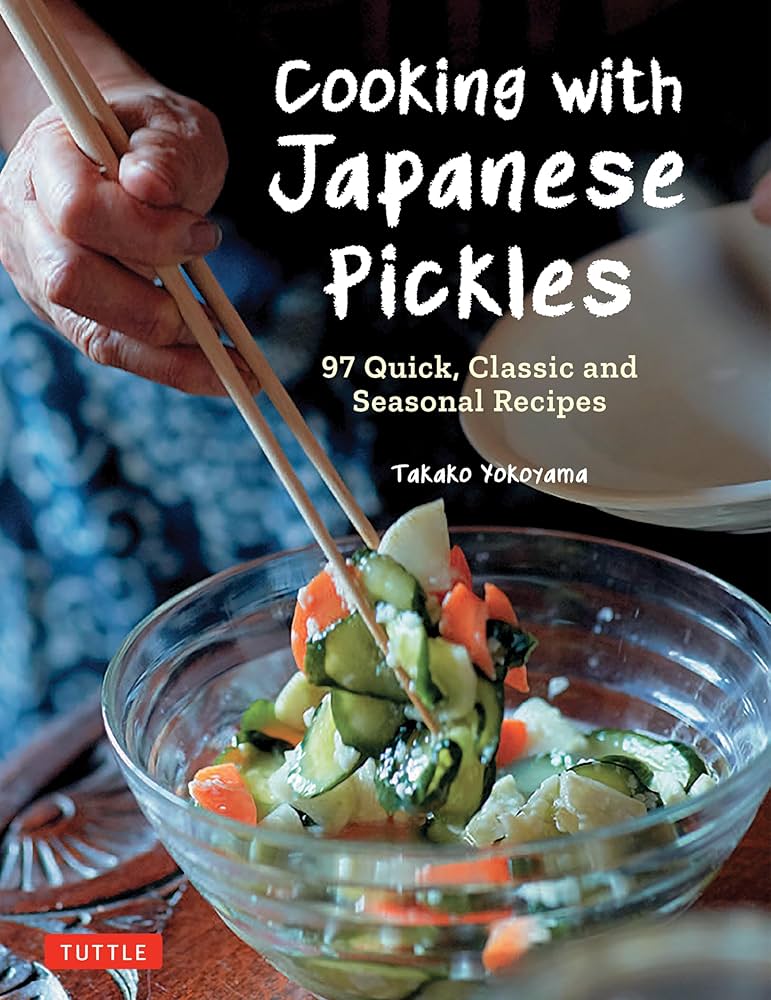The Art of Seasonal Pickling: Crafting Flavorful Preserves with Local Produce
As the gardening season rolls in, pickling enthusiasts find themselves presented with a golden opportunity to transform seasonal produce into delicious homemade preserves. This process not only helps to reduce waste by utilizing excess fruits and vegetables but also allows you to infuse flavors that reflect your unique taste preferences. Join us as we dive into effective methods, tips, and tricks that will elevate your pickling game this year!
Vibrant jars of pickled produce, ready for savoring.
Selecting the Right Produce
Every successful pickle begins with quality ingredients. Fresh, seasonal vegetables are not just tastier; they’re also more nutrient-dense. When visiting your local farmers’ market, look for cucumbers, radishes, or even carrots that glisten with freshness. Consider experimenting with fruits such as peaches, cherries, and apricots for sweeter options. The essence of pickling lies in the variety of flavors and textures you can achieve through the right selection of produce.
Additionally, local sourcing supports small farmers and ensures that you are working with the freshest ingredients. The impact on flavor can be profound, making your pickles not just a culinary delight but a true reflection of the earth’s seasonal bounty.
The Pickling Process: A Step-by-Step Guide
1. Prepare Your Jars
Before diving into the pickling, ensure that your jars and lids are thoroughly cleaned and sterilized. This critical step will prevent unwanted bacteria from compromising your preserves. Place your jars in a boiling water bath for about 10 minutes for proper sanitation.
2. Create the Brine
The brine is where the magic happens. A basic pickling brine consists of vinegar, water, and salt, but the proportions can vary based on personal taste. A classic ratio is 1:1 of vinegar to water, with about one tablespoon of salt for every cup of liquid. For enhanced flavor, feel free to add spices like mustard seeds, dill, or peppercorns. Each new ingredient provides imbued flavors that can transform a simple pickle into a gourmet offering.
“The right brine can turn ordinary vegetables into extraordinary pickles.”
3. Pack Your Jar
Once you’ve prepared your brine, it’s time for the main event: packing your jar. Layer your prepared vegetables tightly in the jar, leaving some space at the top. Pour your cooled brine over the vegetables, ensuring they are completely submerged. If you find the vegetables floating, consider using a weight or a small piece of cabbage leaf on top to keep them submerged.
Fermentation vs. Quick Pickling
Understanding the difference between fermentation and quick pickling can significantly impact your preserved products. Fermentation is a natural process where bacteria convert sugars into acids, offering more complex flavors and probiotic benefits. Quick pickling, on the other hand, involves soaking the vegetables in a vinegar-based brine and can be achieved in a much shorter timeframe.
Fermented pickles often require more time and care but rewards you with a fundamentally different flavor profile that reflects the artistry of the pickle-making process. Quick pickles are ready in just a few hours and can be enjoyed immediately, making them perfect for last-minute snacks or dishes.
A cicada’s view of the fermenting world.
Storage and Enjoyment
After sealing your packed jars, allow them to cool at room temperature for 24 hours. Once cooled, store your pickles in the refrigerator for quick access, or for longer shelf life, process them in a boiling water bath for preservation. Your pickles typically reach optimal flavor within a week but can last for several months if stored correctly.
Remember, pickling is not just about preserving food; it’s about relishing the seasonal flavors and presenting them in new, delectable forms. Each jar captures a moment in time—a celebration of the season’s freshest ingredients.
Conclusion: Celebrate Your Harvest
Engaging in the art of pickling is not just a practical way to manage seasonal produce; it’s a delightful journey of flavor, preservation, and creativity. As you dive into this process, remember to experiment with various ingredients, brining methods, and storage solutions.
Whether you’re a novice or a seasoned pro, there’s always room for innovation in your pickling adventures. So gather your ingredients, put on your apron, and let the season inspire your next batch of pickles. This year, let’s make our preserves not only taste great but also celebrate the bountiful harvest available to us.
Diverse jars of pickles reflecting creativity and tradition.


 Photo by
Photo by 












